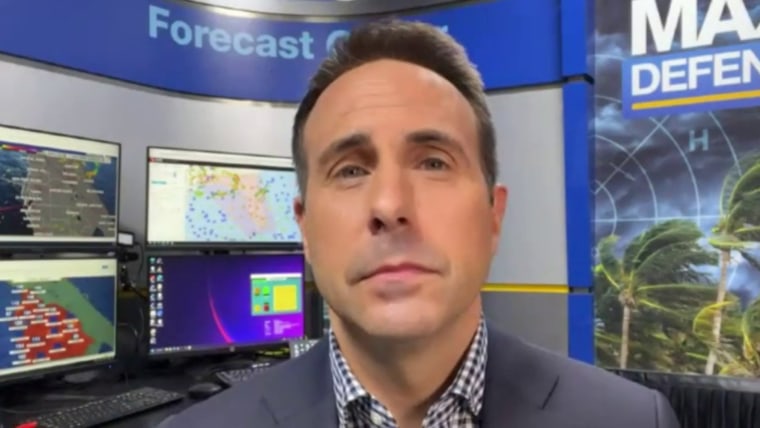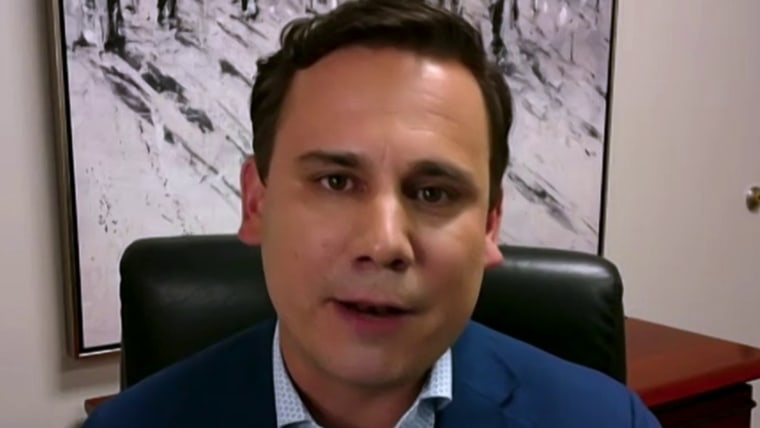Last week, Earth broke the record, three times, for the warmest average air temperature since the beginning of accurate satellite-based record-keeping in 1979. First, let’s talk about what this means, and then let’s talk about what it implies for the future.
Last week, Earth broke the record, three times, for the warmest average air temperature since the beginning of accurate satellite-based record-keeping.
Global average temperature is a giant compilation. It includes the cold temperatures in the Arctic and the Antarctic, plus temperatures for the 71% of the planet covered by oceans. The compilation also includes temperatures recorded in places where we live, including the places that were brutally hot last week and may be even hotter in the weeks ahead. So, taken together, the global average air temperature does not tell us much about where people are suffering or where crops are baking, but it does say a lot about where we are heading and why we need to be doing more to limit climate change.
This week, most of the U.S. is expected to experience above-normal temperatures. Phoenix is forecast to reach 110 degrees every day, with nights barely cooling below 90 degrees. Temperatures exceeding 90 degrees will stretch across the South. Yes, it is true that Phoenix and the South have always been hot in the summer, but it feels different now. The punishing heat is more frequent, more widespread and hotter. As climate scientists have been telling us for decades, even small increases in temperature can have big impacts.
Is heat really that big a problem? Yes, it is. For people, heat can be a killer. The most recent estimate is that, during the 2010s, the U.S. experienced about 12,000 extra deaths annually as a result of heat, with the potential that the number could rise threefold or more by the end of the century. Even when hot temperatures are not fatal, they can lead to decreases in worker productivity, decreases in time at work and increases in hospitalization among the elderly.
The risks from heat are not distributed uniformly. The elderly, the very young and people with other illnesses are more vulnerable, as are people who work outdoors or are unhoused or do not have access to air conditioning. The urban heat island effect can boost local temperatures, especially in parts of cities with few trees and little shade. The risks increase when heat effects cascade. Combining a heat wave with a power failure, a water shortage or exposure to wildfire smoke takes the challenges to a new level.

The agricultural impacts are also significant. Compared to a day with a high of 84 degrees, a single day with a high of 104 degrees decreases corn yields by 7%. Hot temperatures lead to decreased milk production in dairy cattle and to pollination failure in canola, corn, peanuts and rice.
The present is not a new normal, because warming continues. We face a future with even more heat. Every increment of warming will cause additional damage. Last week’s temperature records were a giant exclamation point, reminding us of the need to accelerate action on climate-change solutions. We not only need to prepare better, but we also need to stop the warming and start cooling the planet.
Compared to a day with a high of 84 degrees, a single day with a high of 104 degrees decreases corn yields by 7%.
All three of these actions — preparing better, stopping the warming and cooling the planet — are things we know how to do and things we can afford to do. Accurate early warnings, water breaks and access to cooling centers are keys to preparation. But we should also be looking at approaches that provide benefits beyond heat protection. For example, we need to be increasing shade trees in urban areas and improving the resilience of the electrical grid to minimize the risk of power failures.
To limit further warming, we need to bring the emission of heat-trapping pollution down to zero. This means all our energy needs to come from non-emitting sources, including renewables, like wind and solar, as well as nuclear, biomass and even fossil fuels with carbon capture and storage. We also need to tackle greenhouse gas emissions beyond the energy sector: from agriculture and from manufacturing steel, cement, plastics and chemicals.

The good news about emissions reductions is that the U.S. and many other countries are making progress and the costs of deploying emissions-reduction technologies, from wind and solar to electric vehicles, continue to fall. But the bad news is that progress on the global scale is much too slow. Transitioning the world to a 21st century energy system is a massive, multidecade task, and U.S. leadership is essential for accelerating progress. We need to continue working to make non-emitting technologies cheaper and to help with finances to rapidly deploy those technologies around the world.
We should also accelerate efforts to cool the planet. The surest, safest way to do this is with nature-based climate solutions — removing carbon dioxide, the most important greenhouse gas, from the atmosphere through restoring forests, grasslands and coasts and stimulating ocean uptake. Nature-based climate solutions cannot, by themselves, get us back to the temperature of a century ago, but they are a great way to both address the climate and build a better world.
Every record high global temperature is a stern reminder of the work to be done. Let’s get on with it.
Chris Field
Chris Field is the Perry L. McCarty Director of the Stanford Woods Institute for the Environment.
>>> Read full article>>>
Copyright for syndicated content belongs to the linked Source : MSNBC – https://www.msnbc.com/opinion/msnbc-opinion/extreme-heat-temperatures-not-normal-rcna93483















![[News] Japan Develops 10nm Nanoimprint Technology, with Potential to Tackle EUV Bottleneck – TrendForce](https://earth-news.info/wp-content/uploads/2025/12/329851-news-japan-develops-10nm-nanoimprint-technology-with-potential-to-tackle-euv-bottleneck-trendforce-360x180.jpg)















